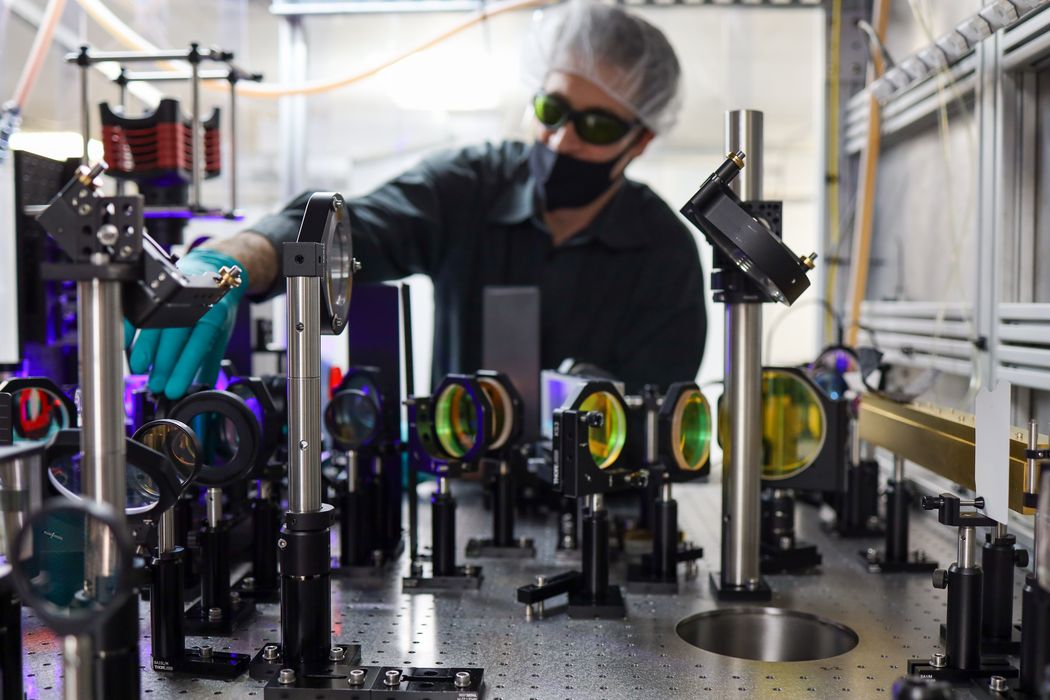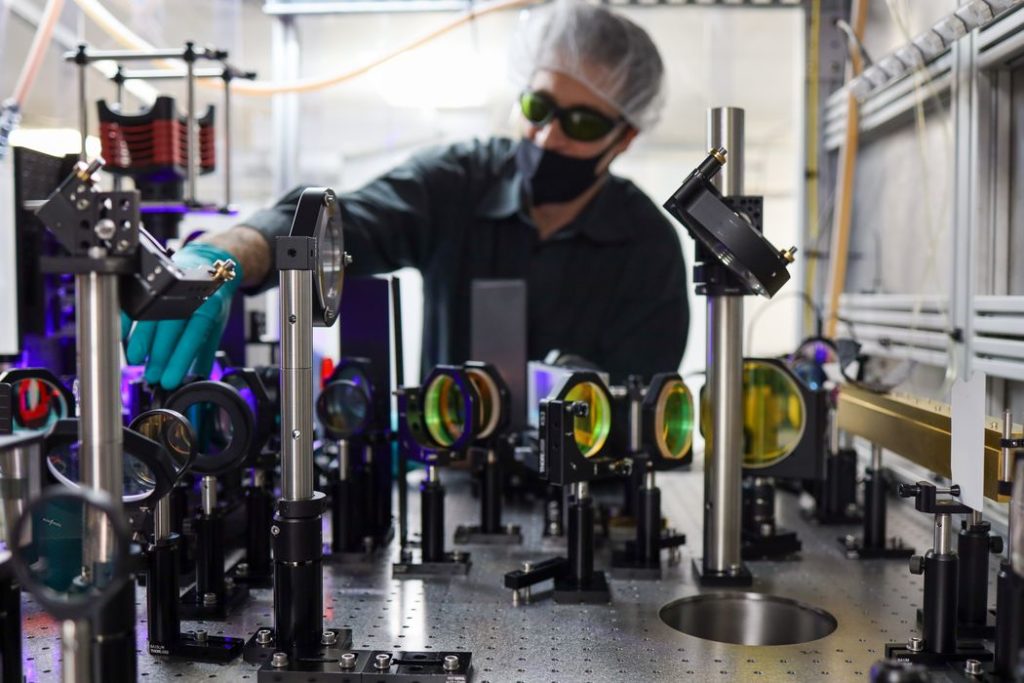
Seurat announced a major funding round for their incredible metal 3D printing technology. We found out a lot more about their incredible Area Printing process.
The mysterious startup company has issued little about their technology until recently, and our only story on the Lawrence Livermore National Laboratory spinoff was published over a year ago.
Today they revealed the company has received additional investment to the tune of US$21M, giving them a total of US$79M in investment thus far.
Seurat Funding
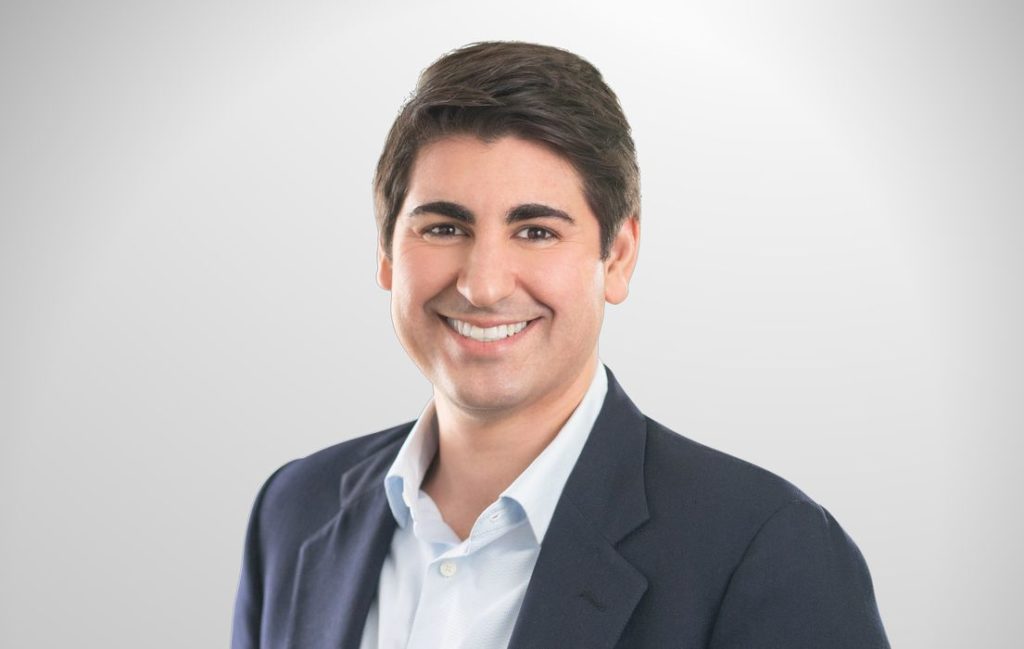
I spoke with company co-founder and CEO James DeMuth to find out more about their technology and the latest investment round.
Regarding the funding, DeMuth said:
“It’s a huge sign of interest from our existing and new investors. We’ll use the money to secure our supply chain, and the big part is hiring new people.”
DeMuth told the tale of Seurat’s origin, and it’s quite interesting. DeMuth was originally interested in mechatronics and robotics, but found these really needed better power sources. That, he felt, meant he needed to work on atomic fusion systems, and led him to Lawrence Livermore National Laboratory, where such work takes place.
Fusion holds tremendous promise, but is also notoriously difficult. The industry joke is that “fusion power is only 30 years away”, but they say that every year, year after year.
Seurat Metal AM Process
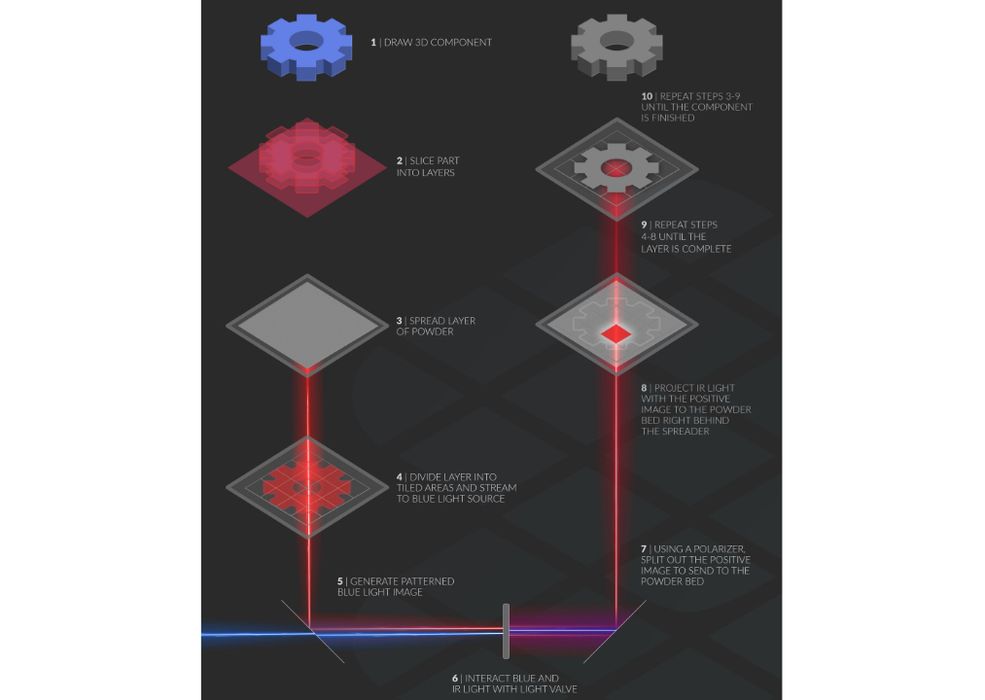
Apparently DeMuth’s fusion equipment designs required complex and meticulously made parts, which were extremely difficult to manufacture. He found no existing subtractive or additive process could meet the requirements, so he and team developed an unusual 3D printing process that could back in 2011-12.
The idea is a step up from the typical LBPF 3D printing systems of today, where a laser or two sweeps across a flat bed of powder, sintering objects layer-by-layer. To speed up this process the approach is to split the laser into an array that covers a rectangular area simultaneously. They quickly realized the technology could be used to build anything, and there were far more applications than originally thought.
Internal funding at LLNL allowed DeMuth and team to build the system by May of 2015. They were able to melt multiple layers using pattern lasers to create 3D objects. This prototype showed the basic concept could work, and that it could scale. A request to LLNL to license the work was made, and DeMuth left the lab to pursue the technology privately under the Seurat umbrella.
The central issue being addressed by Seurat is print duration. As DeMuth said, today’s AM technology can’t be used by many businesses “if it takes 200 years to print”.
Seurat’s “Area Printing” technology is exactly that: the system can sinter a postage-stamp sized area on the powder bed 40X per second. For example, a 10 x 10 cm area would take only 2.5 seconds to complete. DeMuth said “complete” means “fully melted”. This is apparently about 10X the speed of current LPBF systems.
The advanced laser system is moved about an area with a galvo mirror, similar to other LPBF systems, but they also mechanical move the printhead, too. This shows that the system can be quite scalable.
How is this accomplished?
DeMuth explained that they built their own lasers, because no commercial options met their criteria. Essentially, a slug of energy passes through a very high end LCD panel, but there is no absorption — it is near 100% efficient. This is accomplished through an optically addressed light valve system. The polarization of the light allows some energy to strike the target area, while the rest goes to the “beam dump”.
The sintering process is so fast that DeMuth said they had concerns about powder recoating. If there’s a long bed (as opposed to square) the recoating movement will take longer, so they optimized the bed geometry for the fastest possible recoating.
Seurat 3D Printing Advantages
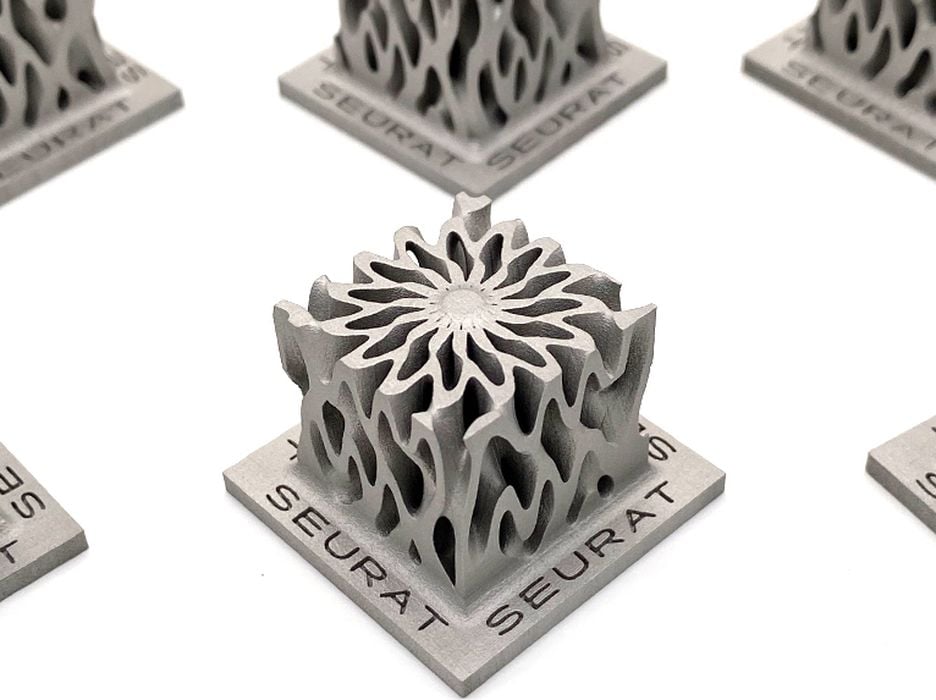
I asked DeMuth why their technology is better than typical metal 3D printing systems, beyond the speed advantage. He explained:
“We can produce a lot of parts fast, but also maintain quality. We have full melt technology. We can control the heating and cooling rates of each individual voxel without slowing down. This means we can control surface finish, crystallization and more. We’re ‘exposing’ and area, not ‘scanning’ an area.”
In addition, the system provides significant resolution. DeMutch explained that within a 10mm tile they can build structures of 6-10 microns in size (0.006-0.010 mm). They can actually go even smaller than that, but they are limited by the size of the metal powder used. DeMuth said it may even be possible to get sub-diffraction limit resolution in the future.
DeMuth said they are hoping to develop a kind of virtuous circle involving powder manufacturers. The idea is that manufacturers could make new kinds of products with Area Printing if new powders were developed, and these would lead to lower prices and more use of powder.
Seurat Manufacturing Strategy
Seurat has an ambitious product development plan. Their first system, “Gen 1”, will enable production of metal parts with both speed AND quality measures for around US$300 per kg, which is lower than most metal 3D printing systems can achieve today.
Their “Gen 2” series is targeted for 2025 and could lower the price of parts produced to only US$150/kg. DeMuth believes this capability will enable effective competition with the casting industry, as it will be 100X faster than current LPBF systems. Finally, their Gen 3 system, targeted for 2030, could reduce part price to a scant US$25/kg, and would compete against forging technologies.
Another interesting aspect of Area Printing is that it should require less energy than casting or forging, making it increasingly attractive as the climate emergency heightens.
It seems that Seurat is targeting industries that currently don’t use metal AM technologies due to the cost, as Area Printing could reduce costs sufficient for business cases to emerge.
Surprisingly, Seurat does not intend on selling any of their Area Printing machines to the public. Instead, their strategy is to operate the complex machines themselves and operate as a kind of service bureau. This funnels all costs and training centrally, and would be easier to manage. He envisions dozens of “depots” located near users, or perhaps hubs in specific regions. A typical depot might print 92t of metal parts per year, an incredible total.
DeMuth explained Seurat’s first customer engagement will happen later this quarter, and they’ve already secured letters of engagement for others. Apparently they have only four “slots” of capacity, and three are already secured by clients.
They’re already working on capacity for 2023, so you can tell they have great confidence in their Area Printing system.
Via Seurat

